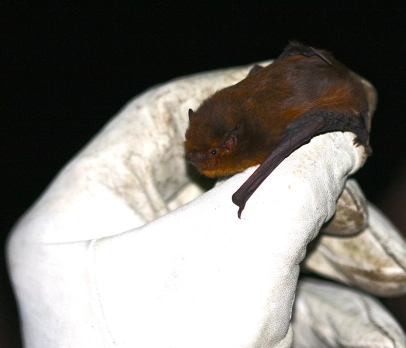The Leats
These channels were an integral part of the gunpowder industry, but now remain as an extra wildlife habitat and a site for occasional punting!
ater levels can fluctuate but can also be controlled by pumping from the main lakes. The importance of the leats for wildlife include the abundance of aquatic and moisture loving invertebrates and plants that can be found here. The invertebrates are currently under-recorded but provide an important source of food for bats and bird-life.
Grey Wagtail’s love the insect-rich waters of the leats, and can often be seen walking across the aquatic plants and feeding on insects, ‘wagging’ their tail as they go.
The Country Park is a fantastic place for bats, with at least 7 species being recorded! At the Country Park we work alongside Kent Bat Group in the monitoring of the species and advised management of the habitats for them. Why not take an evening walk to see if you find some!

Ferns recorded in the area include male fern (Dryopteris filix-mas), broad buckler-fern (Dryopteris dilatata), soft shield fern (Polystichum setiferum) and harts-tongue fern (Asplenium scolopendrium). Where the canopy is broken around the leats, plant diversity increases dramatically with flag iris (Iris Pseudacorus), gypsywort (Lycopus europaeus), brooklime (Veronica beccabunga) and other moisture loving plants present.
The leats, particularly those where the water is slowest moving, provide ideal habitat for palmate newts (Lissotrition helveticus) with smooth newts (Lissotriton vulgaris), common toads (Bufo bufo) and common frogs (Rana temporaria) also recorded.
